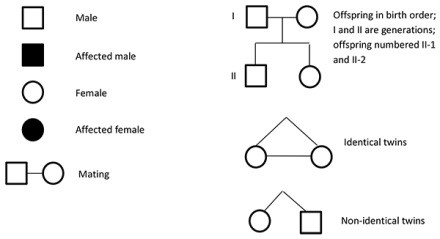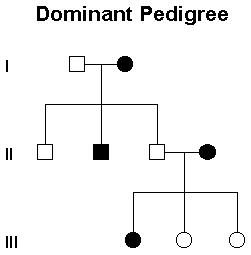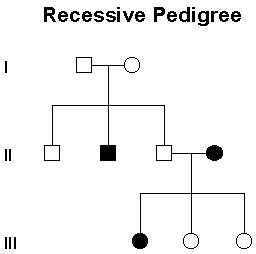Genetic taste test capabilities were inadvertently discovered in 1931 at DuPont Laboratories in the United States. Taste buds of various individuals can detect several salts, depending upon hereditary factors. These vary in intensity depending upon the allelic condition of the individual.
Using our taste test strips, such as PTC, Sodium Benzoate and Thiourea, you can determine the genetic conditions of members of a family by the use of a Pedigree. A pedigree analysis studies an inherited trait in a group of related people to determine a pattern of characteristics of the trait.
A series of symbols are used to represent different aspects of a pedigree. Below are the standard symbols used when drawing a pedigree.

Once the taste test data has been collected from a few generations and the pedigree is drawn, analysis of the pedigree can help you determine whether the trait is dominant or recessive.
Here are a few rules to follow:
For traits exhibiting dominant gene action:
- Affected individuals have at least one affected parent
- The trait generally appears every generation
- Two unaffected parents only have unaffected offspring
For traits exhibiting recessive gene action:
- Unaffected parents can have affected offspring
- Affected offspring are both male and female
Below are examples of dominant and recessive pedigrees:


Now that you’ve got the basics of a pedigree analysis, start tasting and creating your own pedigree! Good luck!







Leave A Comment